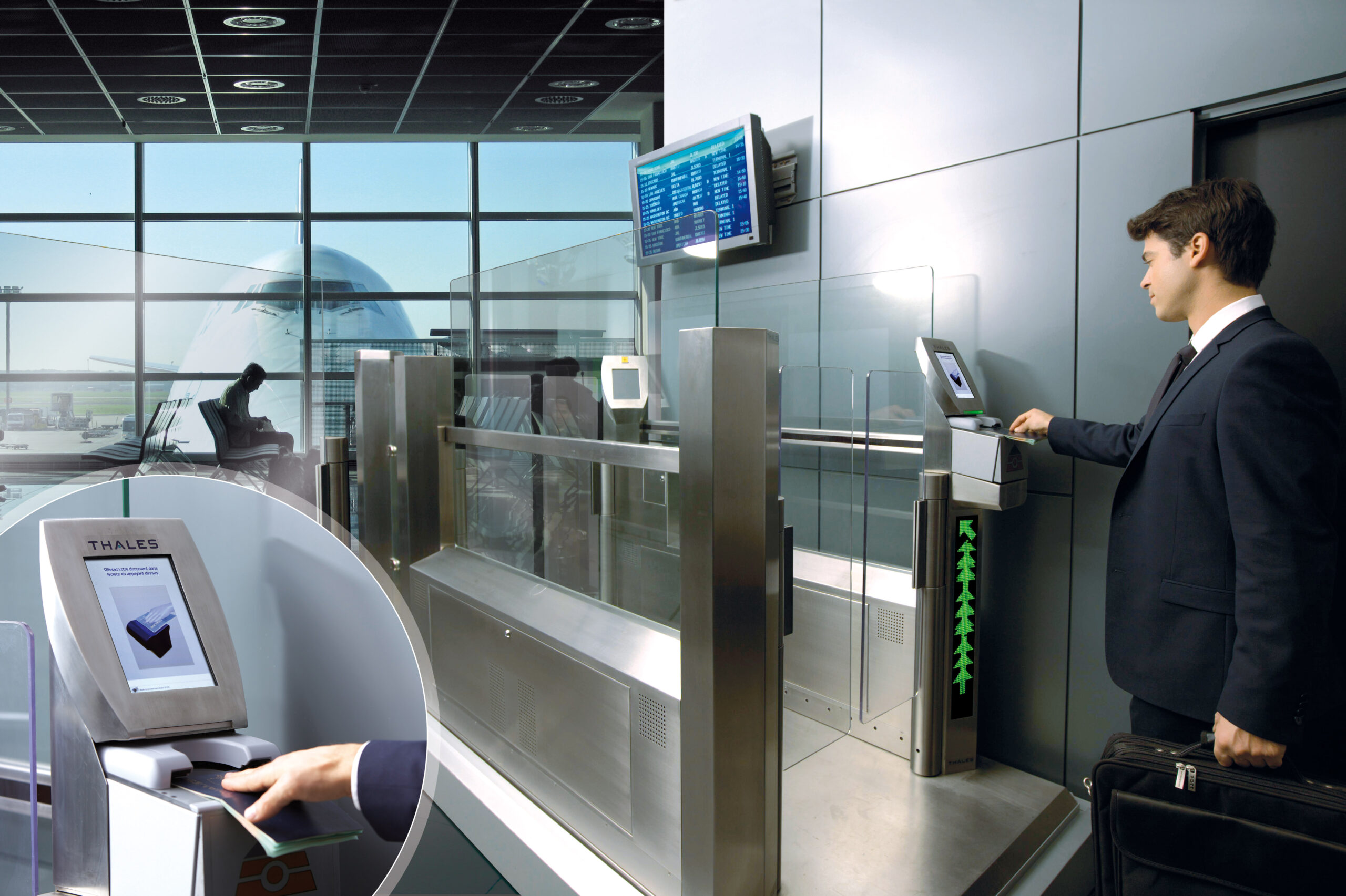
Title: Office Security: A Comprehensive Guide to Security Systems and Access Control
Introduction: Securing office space and assets is of utmost importance for businesses of all sizes. Security systems and access control technologies play a critical role in protecting against unauthorized access, theft and security breaches. This guide provides detailed information on security equipment, including surveillance cameras, access control and alarm systems, to effectively protect office premises and property.
Understanding security and access control systems:
-
Surveillance Cameras:
- Surveillance cameras, also known as CCTV cameras, play an important role in monitoring and recording activities in and around office premises.
- These cameras provide visual surveillance with live monitoring and recording functions, preventing criminal activity and providing evidence in the event of security incidents.
- Features to consider include resolution (e.g. HD, 4K), field of view, night vision capabilities, motion detection, and remote access to view footage from anywhere.
-
Access Control Systems:
- Access control systems regulate entry and exit into office premises, allowing authorized personnel to gain access to designated areas while limiting access by unauthorized persons.
- Access control system components may include electronic keypads, card readers, biometric scanners (e.g., fingerprint, facial recognition), and remote access control software.
- These systems provide granular control over access permissions, audit trails to track entry and exit activities, and integration with other security systems to enhance protection.
-
Alarm Systems:
- Alarm systems serve as early warning systems, alerting passengers and authorities to security threats, intrusions or emergencies.
- Alarm system components may include sensors (such as motion sensors, door/window sensors), sirens, strobe lights, and central monitoring stations.
- Alarm systems can be configured to trigger alerts and emergency response protocols, providing a proactive factor in preventing security breaches and minimizing incident response times.
Advantages of security and access control systems:
-
Criminal Activity Containment:
- Visible security cameras, access controls and alarm systems serve as deterrents to potential intruders and criminal activity, reducing the risk of theft, vandalism and unauthorized access.
-
Enhanced Security Monitoring:
- Security cameras monitor and record activity in real time, allowing security personnel to identify suspicious behavior, respond quickly to incidents, and provide evidence for investigations.
-
Improved Access Control:
- Access control systems simplify access control by providing centralized control over who can enter certain areas of an office space.
- Features such as scheduled access, temporary access permissions, and remote access control add flexibility and security to employee access management.
-
Rapid emergency response:
- Alarm systems facilitate rapid response to security threats and emergencies by triggering alerts and automated responses.
- Integration with emergency services, security personnel and mobile devices ensures timely communication and coordination during critical situations.
Basic recommendations for implementing security systems:
-
Risk Assessment: Conduct a thorough risk assessment to identify security vulnerabilities, evaluate potential threats, and determine the appropriate security controls needed to effectively mitigate risks.
-
Compliance Requirements: Ensure that security systems and access controls comply with industry regulations, data privacy laws, and building code requirements to avoid legal liability and penalties.
-
Scalability and Integration: Choose scalable security systems that are compatible with future expansion plans, allowing for seamless integration with existing infrastructure and future upgrades.
-
Maintenance and Support: Invest in reliable maintenance and support services to ensure the continued functionality and effectiveness of your security systems, including regular testing, software updates and technical support.
Bottom Line: Security systems and access control technologies are important components of a comprehensive office security strategy. By installing surveillance cameras, access control and alarm systems, businesses can effectively protect premises, assets and personnel from security threats and unauthorized access. Whether it's preventing criminal activity, monitoring activity, managing access or responding to emergencies, security systems play a critical role in protecting the office environment and providing peace of mind to employees and stakeholders. When implementing security systems, it is important to consider factors such as risk assessment, compliance requirements, scalability and ongoing maintenance to ensure strong protection and compliance with security management best practices.






